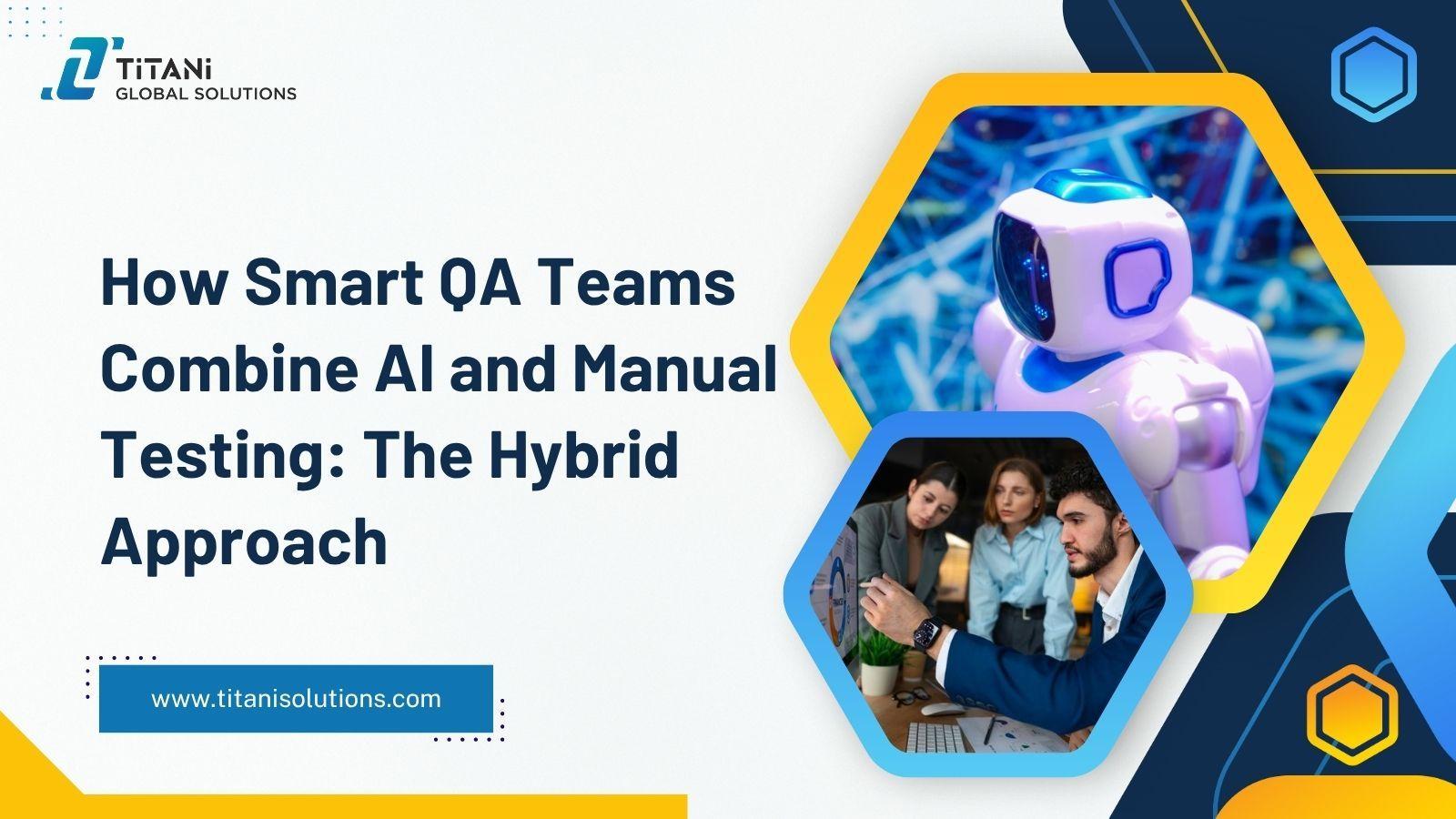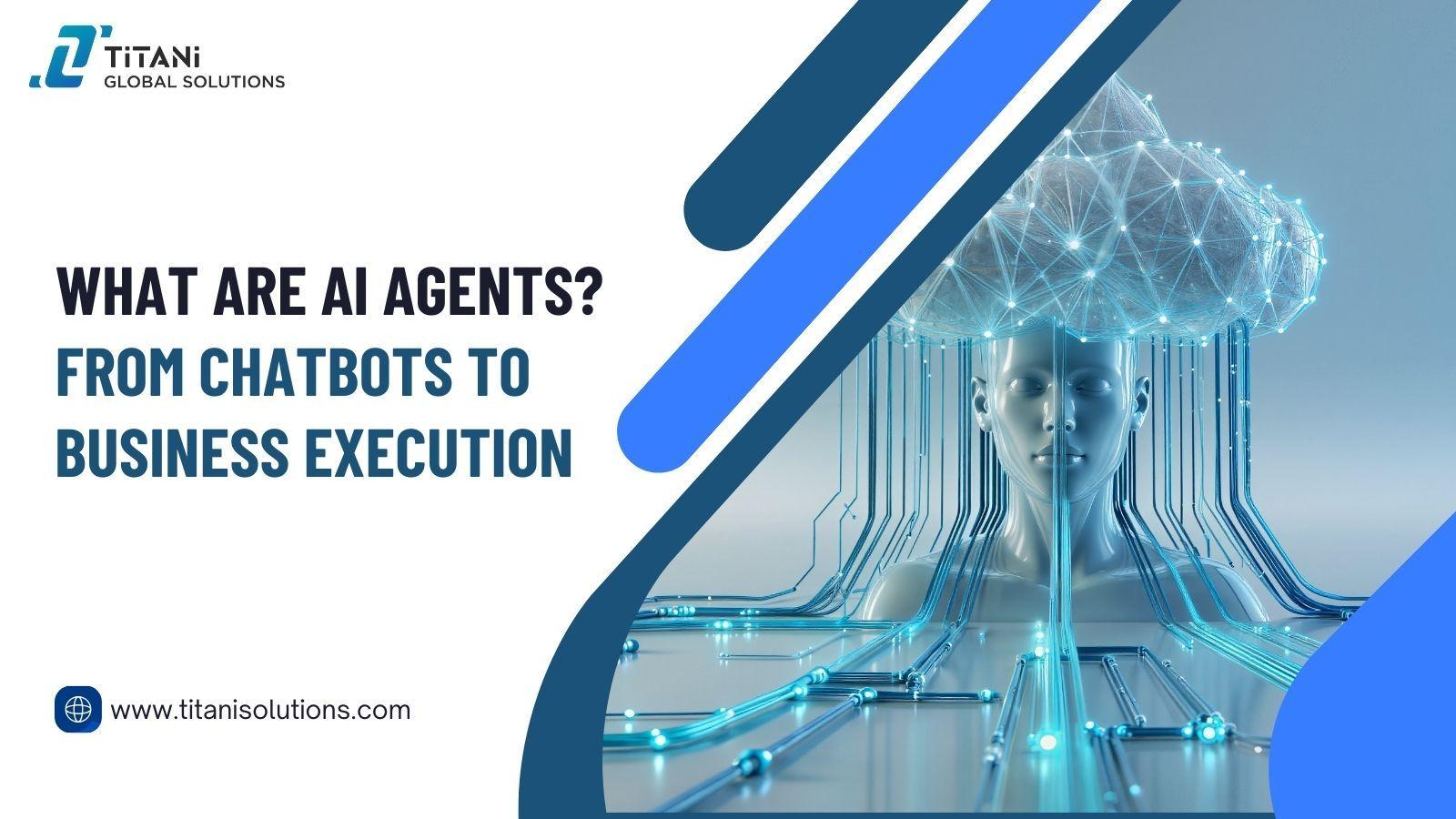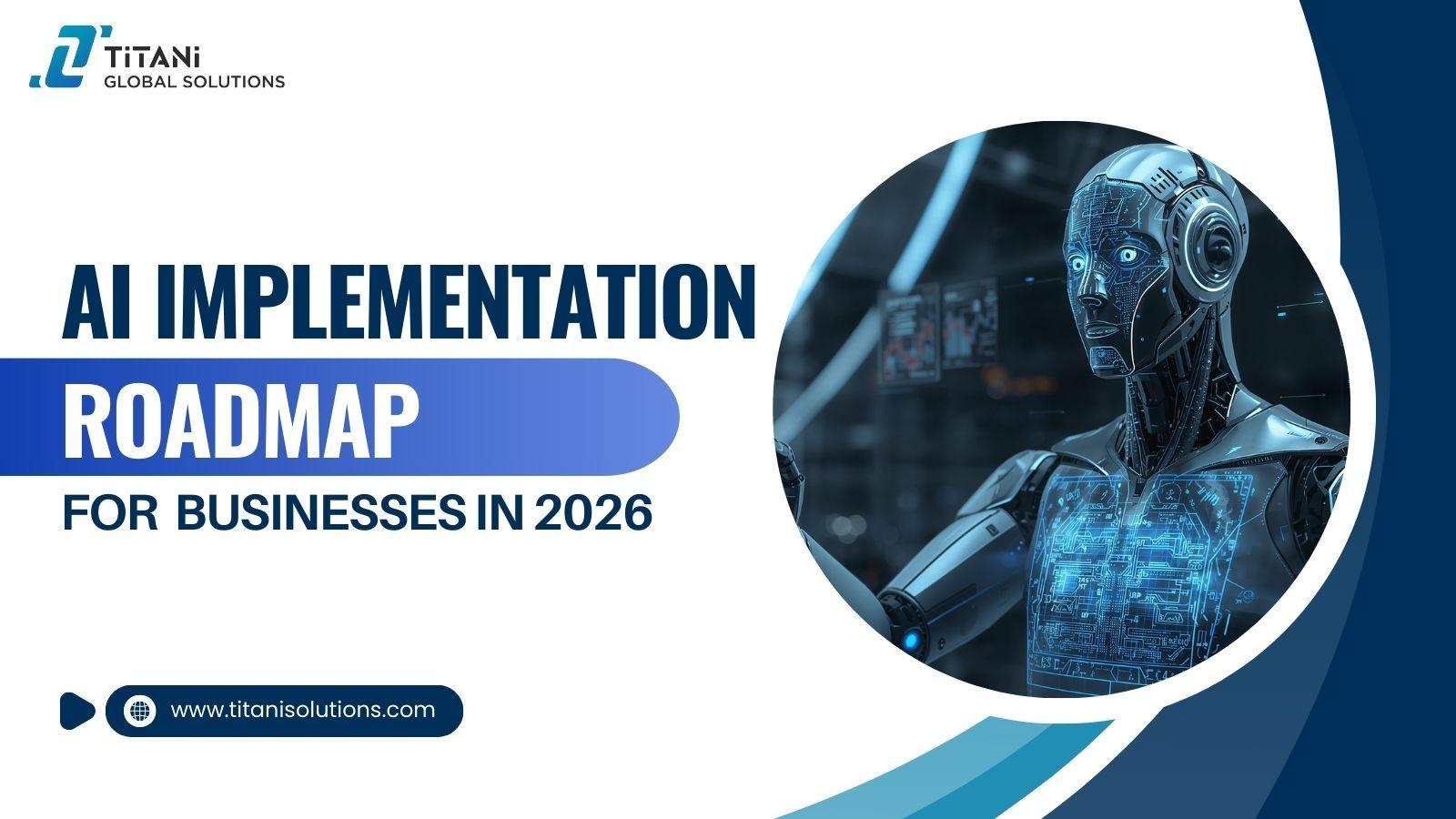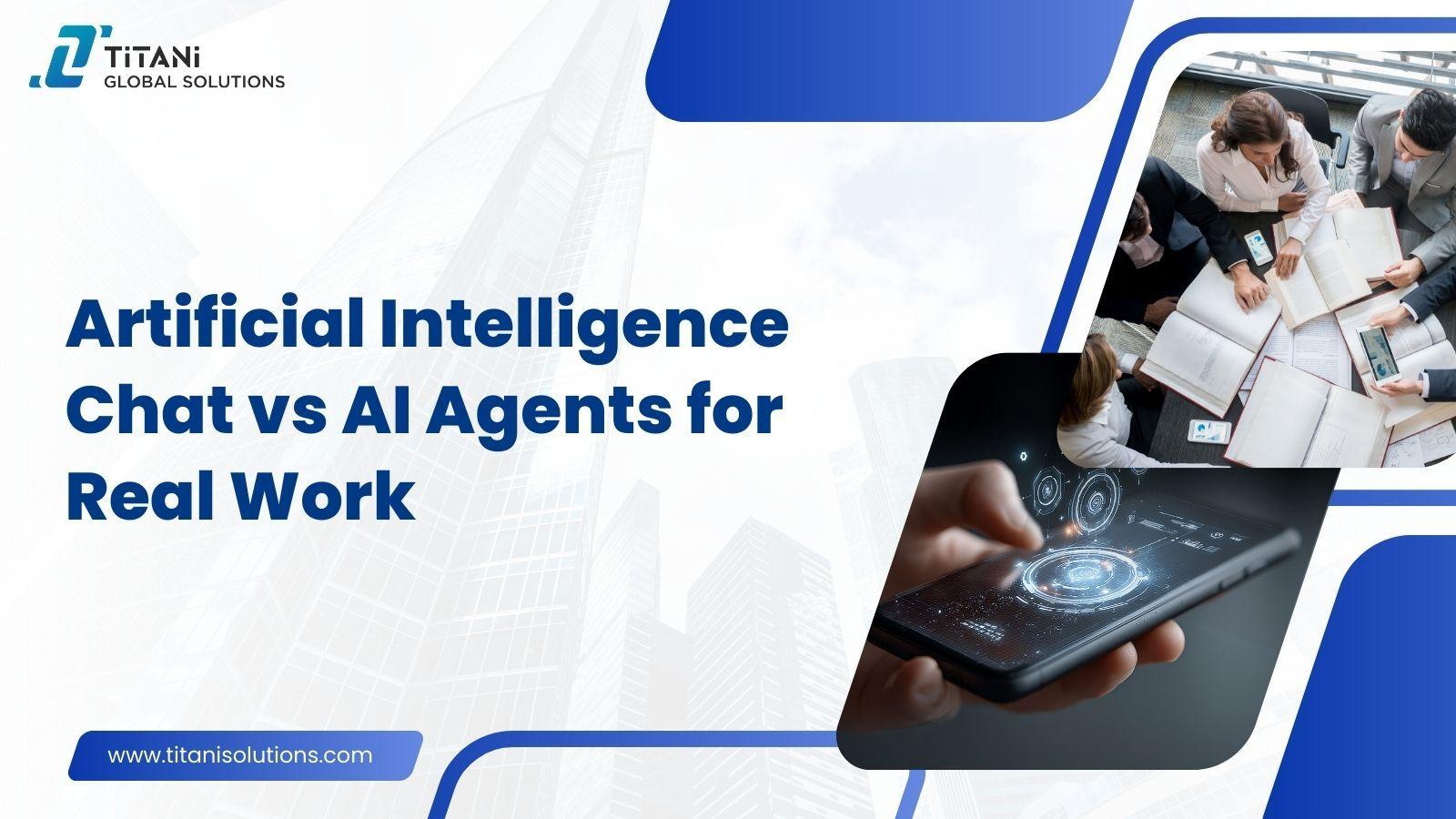Summary for Decision-Makers
In 2025, UAE tech leaders face a dual challenge: faster release cycles and growing product complexity. AI testing tools deliver unmatched speed, automation, and scale—but they miss subtle usability and edge-case issues that only humans can catch. Manual QA, while slower, excels at exploratory testing and UX validation.
That’s why forward-thinking teams are no longer choosing AI vs. manual—they’re combining both. A hybrid QA approach utilizes AI to handle routine regression and high-volume tasks, while human testers focus on creativity, usability, and contextual aspects. The result: faster cycles, broader coverage, and higher-quality releases.
This article breaks down:
When to use AI vs. manual QA
How to divide tasks effectively in a hybrid workflow
Real-world benefits from UAE companies adopting hybrid testing
Practical steps to build a smart QA team that works alongside AI
For decision-makers, the key takeaway is clear: hybrid QA isn’t optional—it’s the most strategic path to resilient, high-quality software in 2025.

Is your QA team strategically balancing speed and depth to meet 2025 software demands?
In 2025, faster release cycles and increasing product complexity are putting significant pressure on UAE tech teams. They must accelerate delivery while maintaining high-quality standards.
AI-powered testing tools promise unmatched speed, scale, and automation. But they often miss the subtle, context-driven issues that manual QA can catch.
Meanwhile, manual testing shines at usability, UX, and exploratory testing—but can slow down your pipeline.
Forward-thinking teams are no longer forced to choose between speed and depth. Instead, they are adopting a hybrid QA strategy that combines both. They are adopting a hybrid QA strategy that blends automation’s efficiency with human insight. This combination delivers better, faster, and more resilient software—something even the most advanced AI systems cannot achieve alone.
This article explains when to use AI, where manual QA adds the most value, and how to combine both effectively.
Why Manual Testing Still Matters
Manual QA is still essential for tasks that require creativity, context, and human judgment. For example:
Exploratory Testing: Skilled QA engineers can “break” the app in unexpected ways and discover bugs outside pre-scripted cases. As Titani notes, human testers bring critical thinking and creativity that AI alone can’t replicate. Based on our experience, manual exploratory testing often uncovers issues that automated scripts fail to detect.
Usability and UX: Only a human can assess whether a workflow is intuitive, and the interface is user-friendly. AI visual tests can spot layout and color issues, but they can’t determine if a feature is clear or easy to use. Human testers and UX experts remain essential for evaluating the visual design, ease of use, and overall user experience.
Edge-Case and Complex Scenarios: Humans handle unexpected or rare cases more effectively. AI tools handle routine tests well. But when something rare or unfamiliar happens, human testers are better equipped to analyse and respond. Industry voices emphasize that “manual testing is still necessary for scenarios requiring human intuition and creativity”.
Overall, even companies investing heavily in AI recognize the continued value of human testers. An industry report indicates that nearly half of the organizations rely too much on manual testing. At the same time, most agree that automation cannot fully replace human testers.
In practice, hands-on testing remains a critical part of the QA toolkit. Exploratory sessions, UX walkthroughs, and ad-hoc tests provide coverage that complements what AI handles.
Titani partnered with a growing tech company whose QA team struggled to manage regression testing and repetitive validations.
Instead of overhauling their process, we piloted AI-driven testing on one of their core modules. The focus was on automating regression suites and integrating smart test selection into their CI/CD pipeline.
This shift gave manual QA engineers more time for meaningful tasks, like exploratory testing and UX validation. It also reduced time spent maintaining fragile scripts and running repetitive checks.
The outcome was clear: accelerated test cycles, improved QA efficiency, and readiness to expand hybrid testing in upcoming releases.
What AI Testing Tools Do Better
AI-driven testing excels at the routine, the repetitive, and the data-intensive aspects of QA. Its strengths include speed, scalability, and automation, which can dramatically accelerate test cycles.
For example, intelligent tools can execute thousands of test cases in parallel overnight. In contrast, a human team might need an entire week to complete the same workload. As a result, the QA system thoroughly tests every build. Developers receive faster, more actionable feedback.
AI also improves test selection by prioritizing high-risk areas based on code changes and historical failures. This ensures QA teams focus on what matters most.
Key AI advantages include:
Self-healing Test Scripts: AI-based tools can adapt to small UI changes, such as renamed buttons or updated screens. This reduces the risk of broken tests and minimizes maintenance. Many platforms also update test scripts automatically, keeping them accurate and up to date. As a result, QA teams spend less time fixing scripts and more time on strategic testing activities.
Coverage & Test Generation: AI can quickly create test cases and data at scale. Unlike humans who follow typical user paths, AI tools explore more possibilities by changing inputs and simulating different users. This increases coverage and makes it easier to catch hard-to-find bugs. Some tools also turn simple instructions into automated tests, making the test creation process much faster.
Smart Reporting & Analytics: AI platforms often include intelligent dashboards that highlight risk. They can detect flaky tests, spot patterns in failures, and even predict potential defects from historical data. This means QA managers get actionable insights (e.g., “these areas are most unstable”) instead of sifting through raw logs. Many companies see clear ROI from test automation. One reason is that AI helps QA teams focus on the most important areas.
Specialized Testing (Visual, Performance, etc.): Modern tools use AI-powered computer vision to detect visual regressions. They can automatically spot pixel-level changes in layout or style across different browsers. AI can also detect performance anomalies or security misconfigurations. These capabilities go beyond simple automation to give QA teams extra muscle on tedious tasks.
AI testing tools handle repetitive QA tasks with speed and consistency. They run large regression suites, generate test data, fix broken scripts, and highlight important results. This saves time and reduces manual work. As a result, human testers can focus on creative thinking, user judgment, and unusual test scenarios.
The Hybrid QA Model: Division of Labor
A practical QA workflow divides tasks between humans and AI based on their strengths. As Titani explains in our article on Software Testing 4.0, “the strongest QA strategies today blend the two: using AI to handle the heavy lifting of large-scale automated testing, and human testers to focus on creative exploration and strategic oversight”. In short, AI automates routine work, while humans handle complex scenarios that require judgment.
The table below illustrates a typical division of labor in a hybrid model:

Each team can adjust this approach to fit their needs. The key idea stays the same. Teams use AI to run repetitive tests.
Testers focus on complex issues that require human thinking. This balance speeds up releases and reduces manual fatigue.
Real Benefits of the Hybrid Approach
A well-implemented hybrid QA strategy delivers clear, measurable gains. In practice, teams see benefits like:
Faster Release Cycles: Automated AI tests run continuously, slashing time to feedback. Companies report up to 80% faster developer feedback with automation. This means quicker bug fixes and shorter sprint cycles.
Improved Coverage & Quality: AI’s breadth finds more defects. Automation boosts defect detection versus manual testing. Many organizations say test automation leads to significantly better application quality.
Better Resource Efficiency: With AI handling repetition, QA resources are optimized. This translates to fewer late fixes and lower maintenance costs. Also, by freeing human testers from mundane test upkeep, skilled engineers can focus on high-value tasks like new feature tests, regression analysis, or process improvement. The result is higher team morale and less burnout.
Overall, the hybrid model means better products, faster. As seen in our work with clients across the UAE region, release cycles shrink and defect escapes plummet when hybrid testing is adopted.
How to Build a Smart Hybrid QA Team
Transitioning to hybrid QA requires strategy and gradual change. Practical steps include:
Upskill Your QA Staff: Invest in training for your team. QA engineers should learn automation frameworks and get familiar with AI-powered tools. In our experience, teams that embrace learning (through workshops or pair programming with devs) adapt faster. We recommend “training your team on AI tool use” as part of this shift. Encouraging certifications or cross-training (e.g., developers mentoring QAs on unit testing) helps everyone work effectively alongside AI.
Choose the Right Tools: Evaluate AI-powered QA tools that align with your tech stack and testing goals. Look for solutions with self-healing capabilities and strong analytics. Prioritize tools that integrate with your CI/CD pipeline and can leverage your existing test suites. Also consider ease of use: tools with codeless or record-playback features can bring non-developers into automation earlier.
Start Small – Pilot and Iterate: Don’t rip-and-replace your entire process overnight. As Titani Global Solutions advises, begin by piloting an AI-driven testing tool on a small project. Choose a low-risk module or component, set clear metrics, and see how it performs. Use the pilot to refine your approach and gather quick wins. Once confident, gradually roll out to larger projects. Throughout, keep an eye on results: measure coverage, defect rates, and cycle time improvements.
Gradually Shift Roles: As automation proves itself, slowly rebalance team tasks. Developers should take responsibility for unit and integration tests. QA teams can support by maintaining or monitoring some of the automated regression tests. Reassign QA engineers to higher-value tasks. These include writing test scenarios for AI, reviewing AI test results, and running exploratory or UX-focused tests. Continuing to “invest in your testers’ skills so they can work effectively alongside AI” is key. Make sure everyone understands that AI is augmenting (not replacing) their role.
Throughout this process, communication is crucial. Many teams we’ve worked with found that involving QA staff in tool selection and pilot planning helped reduce resistance. Pilots also provide concrete examples to show managers and developers the value of hybrid testing. By following an iterative, data-driven approach, you can build a hybrid QA workflow that fits your organization.
Conclusion & Next Steps
Balancing AI and manual testing are not just a theoretical best practice – it’s a strategic necessity. A hybrid QA model helps UAE tech teams move faster without sacrificing quality. AI handles routine checks and expands test coverage. Human testers focus on user experience and catch problems in edge cases.
In our experience, organizations that adopt this balanced approach see tangible improvements in product quality and team productivity.
If you’re leading QA or development, consider an AI-augmented strategy as your next move. Identify quick wins (e.g., automating one repetitive task) and plan training for your team. As Titani Global Solutions suggests, the time is now to modernize your QA processes.
Ready to build your hybrid QA workflow? Talk to our experts or schedule a free AI QA demo. With the right plan and tools, you can future-proof your QA and release higher-quality software faster.



